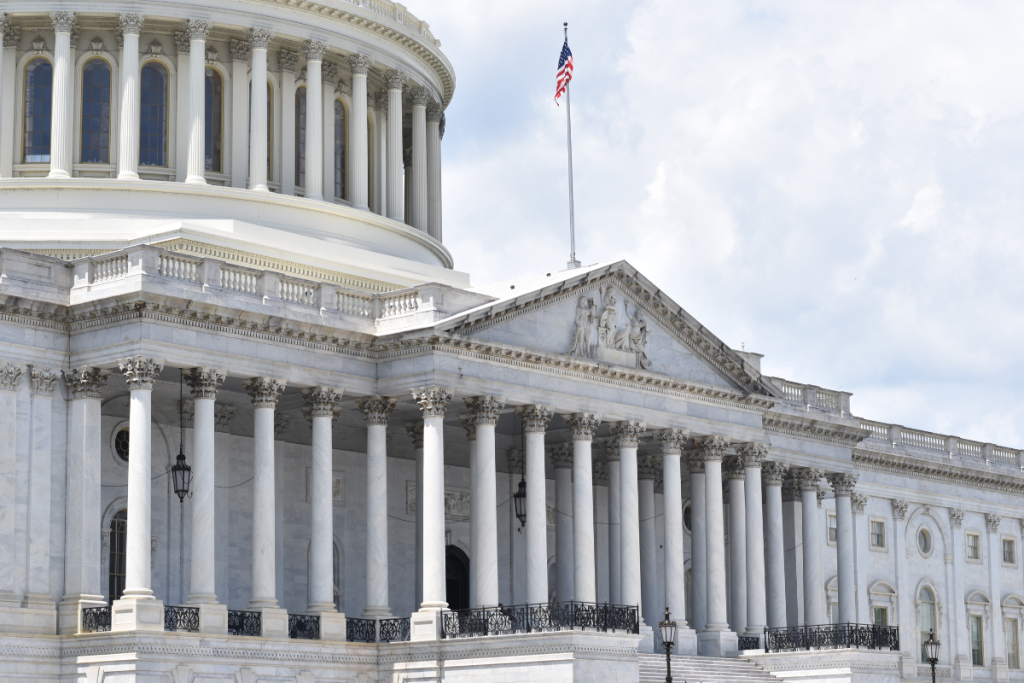A short-term reprieve for American manufacturers arrives as the White House confirms that exemptions on certain Chinese imports will remain in effect until Aug. 31, giving critical industries a cost buffer amid ongoing trade tensions.
Exemptions Target Production Equipment
The Office of the U.S. Trade Representative (USTR) announced that the Section 301 tariff exclusions, which had been set to expire at the end of May, will continue for select imports tied to U.S. manufacturing and supply chain operations. These exemptions include equipment for producing solar panels, industrial robots, and machinery essential to domestic manufacturing.
The exclusions were first introduced under the Trump administration in 2018 and later reviewed by the Biden administration, which chose to preserve many of the tariffs while modifying them in some areas. Last year’s updates included significant new duties on electric vehicles and batteries, with some reaching as high as 100%. However, the exclusion process was designed to limit the immediate burden on manufacturers investing in American production.
Strategic Balance Between Costs and Leverage
The decision to extend these exemptions aligns with efforts to balance competitive pressures on U.S. companies with maintaining leverage over Chinese trade practices. According to a Federal Register notice from last September, the exclusion framework was crafted to reduce costs for domestic manufacturers without undercutting broader trade goals.
The extended exemptions are separate from the more sweeping tariffs rolled out since Donald Trump’s return to the White House earlier this year, which remain under judicial review. Legal challenges to those new tariffs are pending and would not affect these specific product exclusions.
Beyond Tariff Relief: Evaluating Resilience Investments
While the extension of these exemptions offers short-term relief, the long-term outlook remains uncertain. Manufacturers are now increasingly using this window to invest in domestic capacity, hedging against future disruptions. However, these investments often require more than temporary tariff relief, they demand consistent policy signals and resilient infrastructure to offset geopolitical risks. The current policy choices, while offering breathing room, may only partly address the structural vulnerabilities that remain in critical supply chains.



